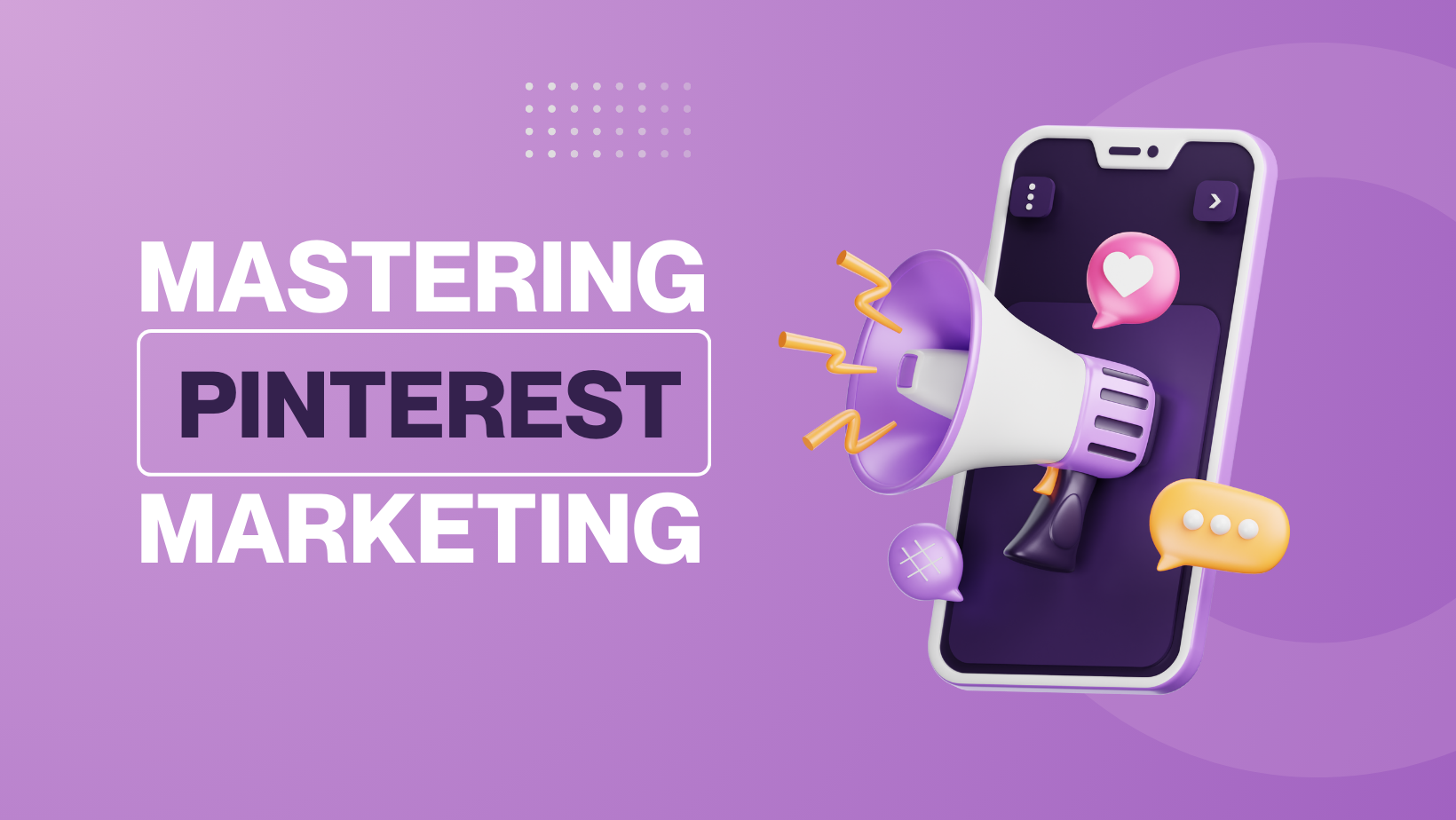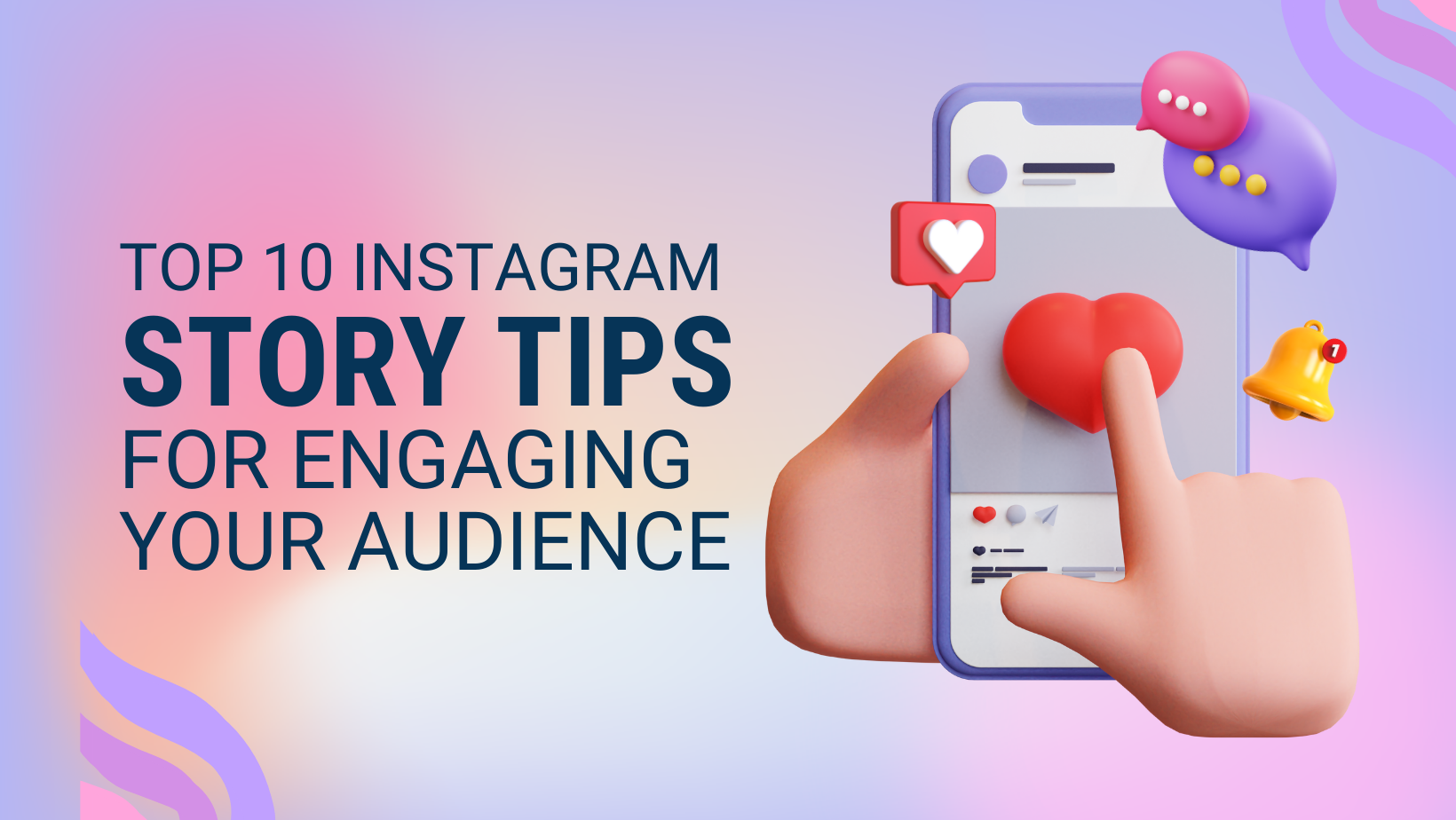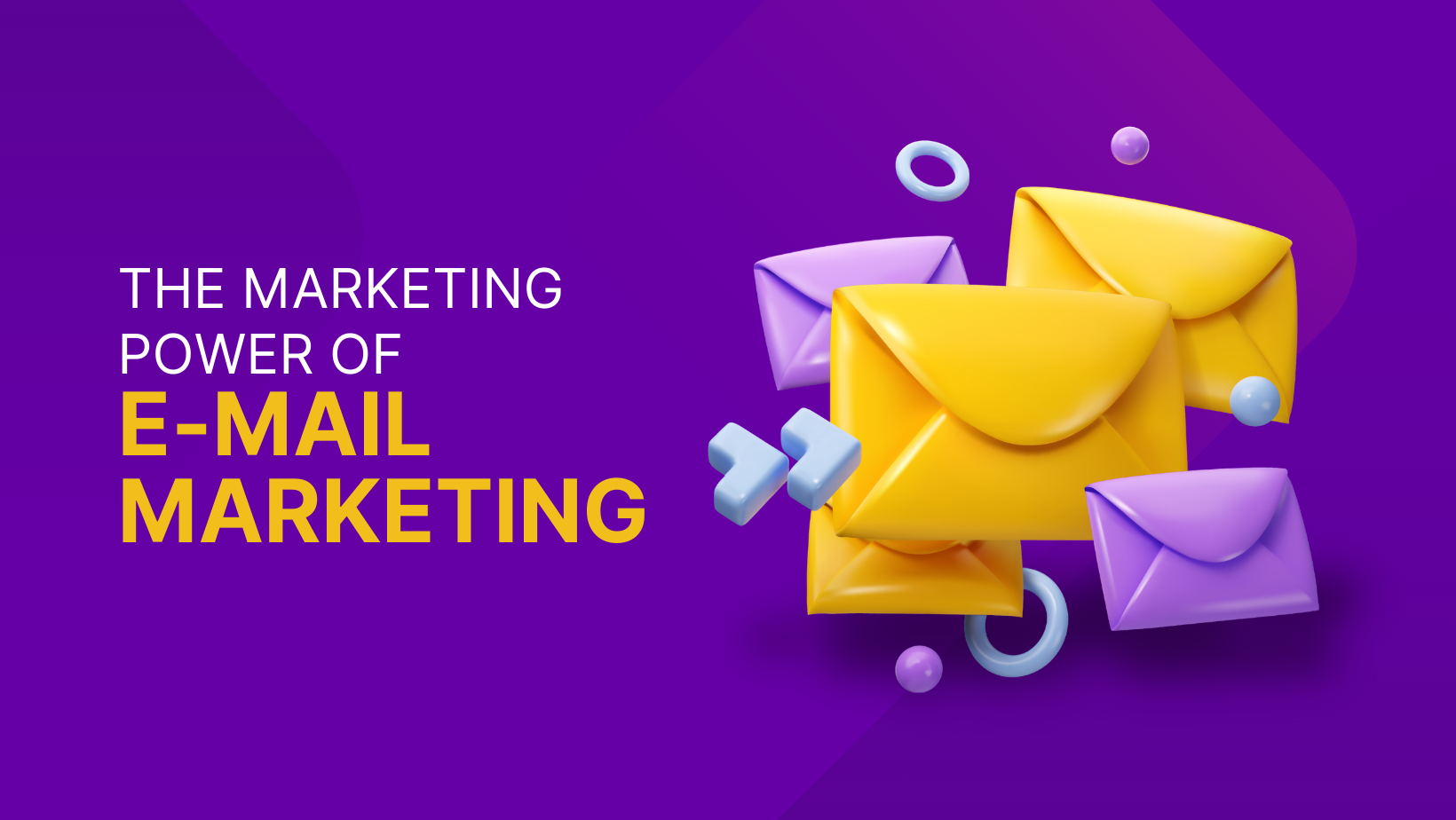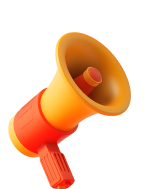- Home
- About
- Gigs
- I will manage your ecommerce shopify facebook ads and instagram ads campaign
- I will fix google merchant center suspension and misrepresentation
- I will setup and manage high performance google ads PPC campaigns
- I will setup, optimize and manage LinkedIn ads for your business
- I will manage and post daily on your facebook business page with ai
- Portfolio
- Blogs
- Contact Us

